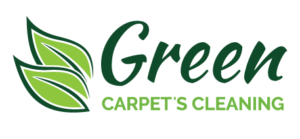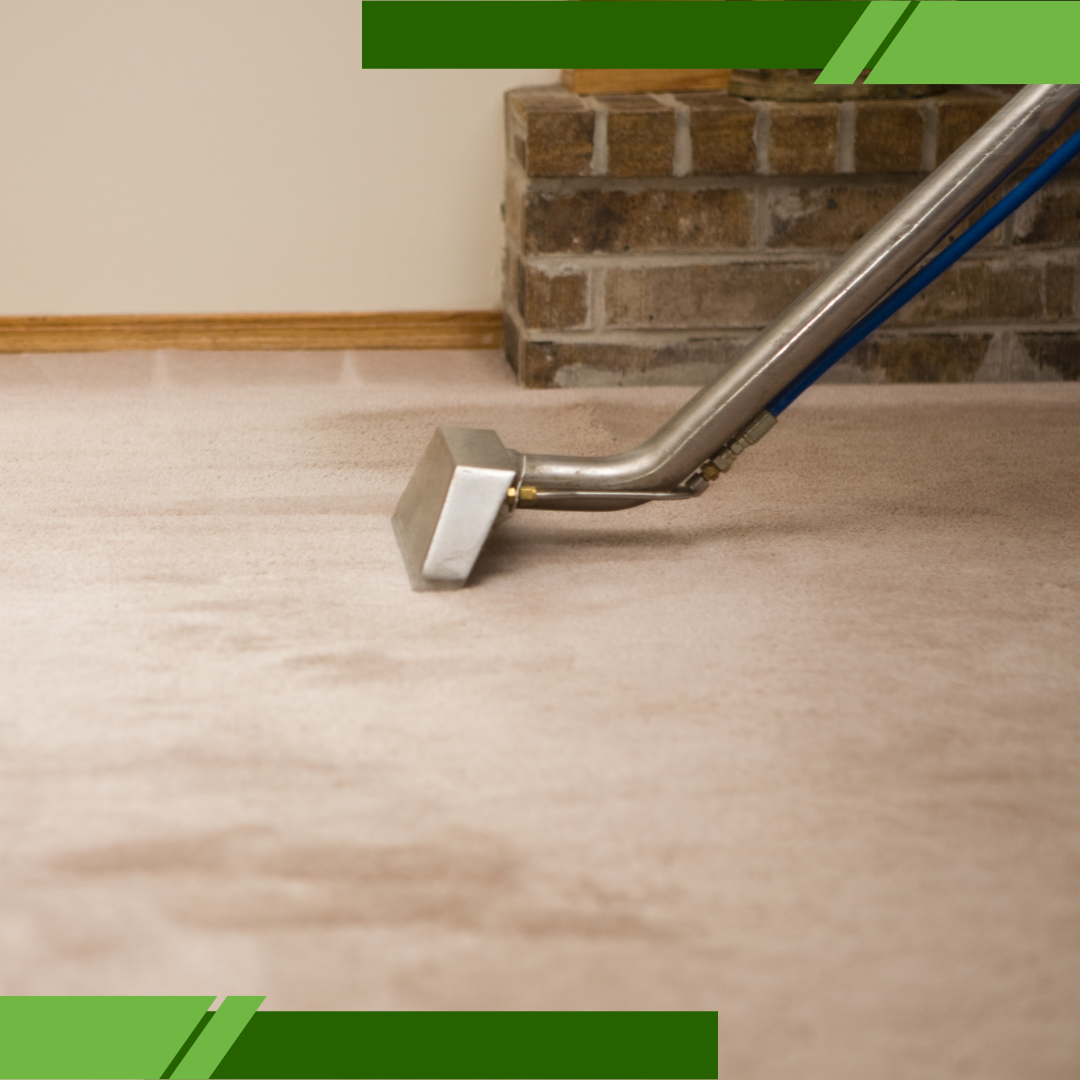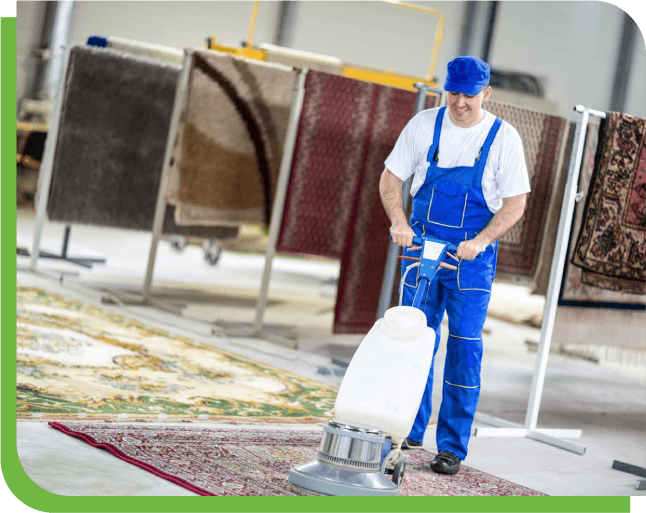Get in touch
Fill this up to proceed

We are committed to providing a world-class carpet, rug, upholstery, drapery or mattress cleaning services that will open your door to a happier and healthier green indoor environment.
It starts with a smell you can’t quite name. Maybe it’s earthy. Maybe it’s damp. But it doesn’t go away. Days pass, and you notice your nose runs a little more, your chest feels tighter, and even your focus is slipping. What you might not realize is that the culprit could be floating silently through your house: mold in indoor air.
When mold spores circulate through the air, they become invisible hazards. And unlike mold on walls or ceilings, airborne mold can hide in your vents, under floors, or behind your walls for weeks—maybe even months—before you catch on. That’s why learning the warning signs and acting quickly matters more than ever. Let’s go over the most important clues your air might be contaminated and what you can do to stop it fast.

If your allergy symptoms seem to show up out of nowhere and won’t quit, it may not be seasonal pollen—it might be mold in indoor air. Many homeowners in Encino experience sudden sneezing, coughing, or runny noses without realizing mold spores are the trigger. Sneezing that lingers, persistent congestion, itchy or watery eyes, dry cough, and frequent headaches are all possible signs. The real giveaway is when these symptoms improve after leaving home for a while but return when you come back, which strongly suggests mold in indoor air is the problem.
Even if you don’t see mold, your nose may sense it first. A strong, musty odor that lingers is one of the most classic signs of hidden mold growth. When mold in indoor air is present, it releases gases known as mVOCs, which have a very specific smell—like damp cardboard, wet wood, or laundry left too long in the washer.
This smell is most noticeable in basement corners, laundry rooms with poor ventilation, closets near exterior walls, or bathrooms that steam up easily. If airing out the room or cleaning doesn’t remove the smell, mold could be hiding in your HVAC system or behind walls. Soft surfaces such as rugs or upholstered floors can trap moisture and contribute to odors. When this happens, this trusted carpet cleaning company can neutralize the problem at the source and restore fresh air to your home.

Sometimes the spores floating through your air eventually land on surfaces and start growing. When you spot mysterious stains, it’s a clue that mold in indoor air has been around long enough to settle and grow. Dark spots or streaks on ceilings, bubbling paint, smudges around air vents, or gray and green patches under cabinets or furniture are all signs of surface mold. Flooring shouldn’t be ignored either—mold often seeps into high-traffic areas, especially in older rugs or floors that have absorbed moisture. Even in Encino homes with dry climates, hidden moisture can keep mold active.
For people with asthma, mold in indoor air can be particularly dangerous. Mold spores irritate the airways, triggering attacks or making them more severe. Tightness in the chest, increased reliance on a rescue inhaler, coughing fits at night, or breathlessness during light activity indoors can all be indicators. Even those without asthma can develop breathing issues from long-term exposure. Children and seniors in Encino are especially vulnerable, and symptoms often improve when spending time away from home, further pointing to an indoor mold problem.
Mold needs moisture to grow. If you’ve had leaks, plumbing issues, or flooding—even if repairs have been made—you could still have a mold problem. Water-damaged areas like carpets, soaked walls, window frames with condensation, and floorboards near appliances can all harbor mold. Soft flooring such as area rugs or padding can hide mold spores for weeks. Even a slow drip under your kitchen sink can encourage mold in indoor air. If you’ve experienced a leak recently, Carpet Cleaning Encino can ensure hidden spores don’t linger.
The ductwork and vents in your heating and cooling systems are perfect hiding places for mold. Once it takes root inside your HVAC unit, it will keep recirculating spores throughout every room, turning mold in indoor air into a whole-house problem. Signs include musty odors when the system turns on, black or gray dust collecting on vents, water stains near HVAC equipment, and damp or dusty air filters. When spores enter the system, they can settle on curtains, upholstery, and floors, making professional cleaning essential.
Mold doesn’t just affect your lungs—it can impact your mind as well. When mold in indoor air lingers in your environment for long periods, it can cause fatigue, brain fog, memory problems, and mood changes, even when you’re sleeping well. These effects are often subtle but can build over time, as mold toxins interfere with your nervous system. If you’ve been feeling tired and unfocused without explanation, it may be worth checking hidden surfaces like thick rugs or textured flooring for mold growth.
Mold in indoor air is often unseen, but its effects are powerful. From sneezing and sinus infections to fatigue and poor concentration, mold can sneak into your life in ways you might not expect. By learning the warning signs and addressing them quickly, you can take back control of your health and your home. Don’t let mold linger in the air you breathe—act fast, stay proactive, and enjoy the clean, fresh air your home was meant to have. Breathe easier, because peace of mind begins with pure air.
The first step is to find and fix the source of moisture, whether it’s behind furniture, around windows, under sinks, or near water lines. Ventilate your home regularly by opening windows and using exhaust fans in bathrooms and kitchens.
A HEPA air purifier can capture tiny airborne particles, including mold spores, and is most effective in bedrooms and high-traffic rooms. Keep indoor humidity between 30% and 50%, maintain temperatures between 68–72°F, change HVAC filters every two to three months, and clean your air ducts every few years. If odors or symptoms persist, schedule a deep cleaning to remove spores from carpets, rugs, and upholstery. Homeowners in Encino who follow these steps can greatly reduce mold in indoor air risks.
If you notice a musty smell, frequent sneezing, or worsening allergy symptoms indoors, it could be mold in indoor air. These signs often improve when you leave the house and worsen when you return.
Yes, mold in indoor air can cause headaches, fatigue, breathing issues, and worsen asthma or allergies. Even healthy individuals can experience symptoms with long-term exposure.
Check for damp areas under rugs, around baseboards, or behind furniture. It’s important to clean and dry these spots thoroughly to prevent mold from growing and spreading through the air.
Absolutely—soft surfaces like rugs can trap moisture and mold spores. Professional deep cleaning helps remove hidden buildup and improves your home’s air quality.
Scheduling a deep clean at least once a year is ideal, especially after leaks or during humid seasons. Regular maintenance keeps mold spores from settling into porous surfaces.

We are committed to providing a world-class carpet, rug, upholstery, drapery or mattress cleaning services that will open your door to a happier and healthier green indoor environment.
We are committed to providing a world-class carpet, rug, upholstery, drapery or mattress cleaning services that will open your door to a happier and healthier green indoor environment.